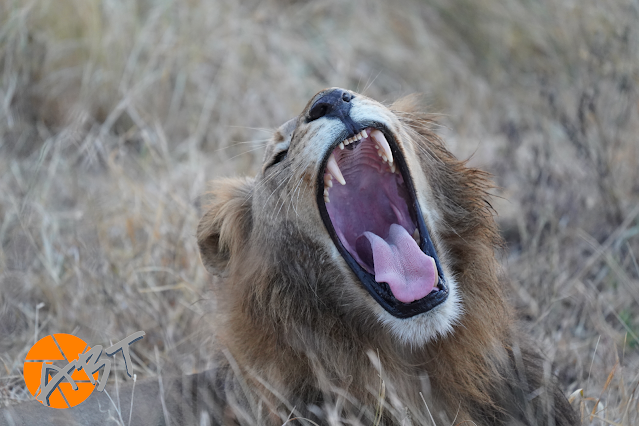Humans are pushing big cats out of their habitats.#ConservationTuesday
While most cat species are solitary, this big cat is an exception. It has developed a social system based on teamwork, division of labor, and an extended family unit. The average pride consists of about 15 individuals, with five to 10 females, their young, and two or three territorial males. These are usually brothers or pride mates who have formed a coalition to protect their females.
Usually, two or more females in a pride give birth around the same time, and the cubs are raised together. Some mothers carefully nurture their young and will even permit other lion cubs other to suckle, sometimes enabling a neglected infant to survive. However, at times, a female may also neglect or abandon her cubs, especially if food is scarce.
Antelope, zebra, and wildebeests are common prey for this big cat. However, scavenged food provides more than 50 percent of their diets—these big cats will often take over kills made by other carnivores—and cooperative hunting enables them to take down prey as large as buffaloes, rhinos, hippos, and giraffes. The female does 85 to 90 percent of the hunting, usually by setting up an ambush for its prey. The kill is not shared equally within a pride, and at times of prey scarcity, cubs might experience higher mortality rates as hungry females may not even share with their offspring.
Enjoyed this blog ? Learn more at https://africanbushtraining.com




Comments
Post a Comment